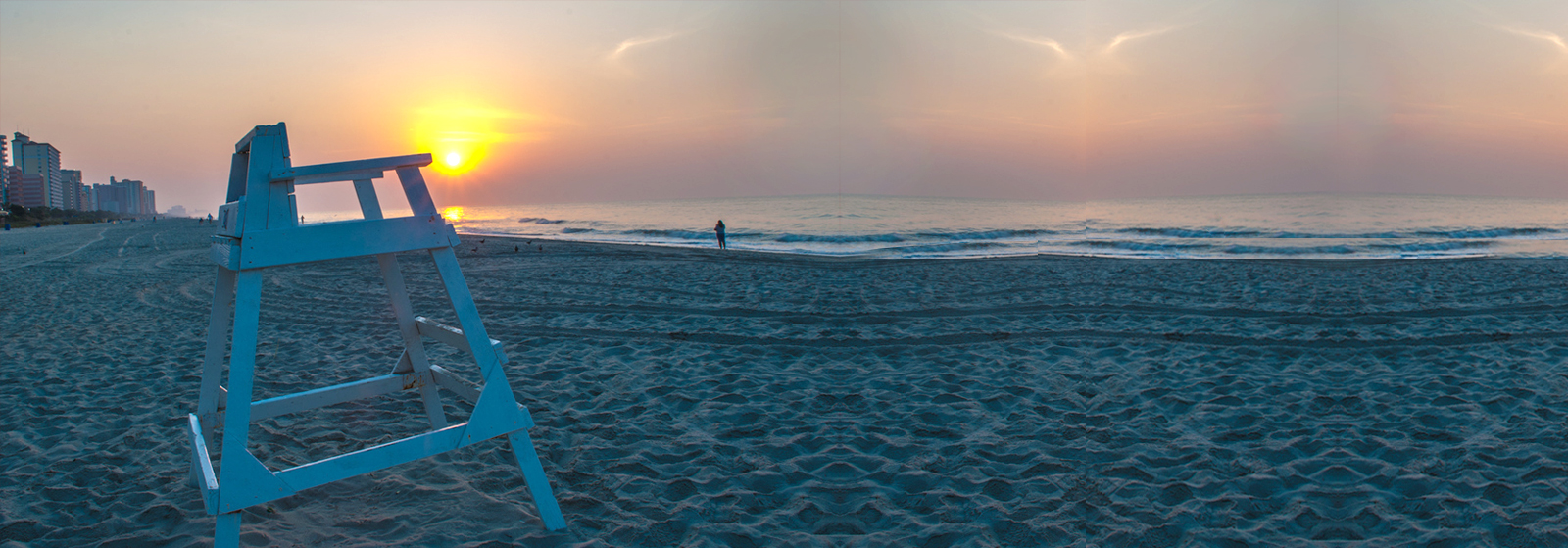

May 23, 2019 General
A great article by National Geo and RIP current Heros
https://www.nationalgeographic.com.au/nature/everything-you-need-to-know-about-rip-currents.aspx
Rips can be identified by deeper, dark-coloured water, fewer breaking waves and a rippled surface surrounded by smooth water. The most common type is a channelised rip. These rips occupy deep channels between sand bars and they can stay in the same place for days, weeks and even months. Then there are boundary rips – which can also be channelised and are found against headlands and other structures reaching out into the ocean like piers and jetties. Sometimes these can be almost permanent. But one of the most dangerous and unpredictable rips is the Flash Rip.
To be able to form, rip currents need breaking waves. It’s the spatial variation in the breaking waves, normally caused by undulations in the sand bars that commonly begins the process of a rip current forming. A flow develops, that moves from the region of intense wave breaking toward the region of reduced or no wave breaking, inside the surf zone This flow is the pathway of least resistance for outgoing water – often a perfect channel – just like a river of the sea.
Typically rip currents are about 10 to 50 metres wide and they can flow anywhere from 50 to 100 metres offshore normally. But Dr Rob Brander has measured rip currents that have flowed 400 metres offshore
To study how rip currents Doctor Rob brander places mobile devices called drifters directly into the currents. These drifters have onboard GPS units that record rip current data such as flow speeds and flow direction both inside and outside the surf zone.
The average rip current flows offshore at speeds of about half a metre to one metre per second. But they all have a tendency to pulse and what that means is that suddenly the rip current can just dramatically double in speed in a matter of thirty seconds and then you’re talking speeds of two meters per second which is literally Olympic swimming speeds.FollowVIDEOTHE FATAL RIPLOADING…
Not all rip currents flow straight out to the breaking waves. Some rip currents flow in a circular movement within the surf zone. These are referred to as rotating eddies. Rip currents are very dynamic – they can change direction quickly.
Rob Brander’s research has revealed that there is no single escape strategy that is guaranteed to get you out of a rip current. Instead, you have options based on the conditions and the behaviour of the rip.
The golden rule is to never attempt to swim against the current – they’re just too powerful. Remember to stay calm and focus on floating. Just go with the current and raise your hand for help. Depending on the flow of the rip, floating will normally deliver two scenarios:
A circulating rip current should float you back around to either a sandbank or put you close to breaking waves which will help you get back to shore.
A current that flows directly offshore will normally float you just beyond the breaking waves where the rip will cease to operate. At this point, you can either continue to float and wait for rescue or you can swim around the rip and back to shore.
The other option you have – and this applies only to good swimmers – is you can try swimming parallel to the beach in either direction as you float with the current. In some situations, this may free you from the rip.
It’s really panic that is the biggest killer when it comes to rips. Rips don’t drown you that don’t pull you under. Panicking will drown you. People panic because they find themselves being taken quickly offshore, the situation is outside of their control, and it’s a scary experience.
And what you need to do when you’re caught in a rip is try and take control of the situation yourself. You can float and you can assess what’s going on – do you want to swim this way, do you think that will work. If it’s not working, float a bit and swim the other way or just float. If you’re constantly thinking about the situation and the options you have you’re in control of the situation, provided you haven’t exhausted yourself, but you do not want to panic. Anything that will eliminate panic is the best approach. FollowVIDEOBLACK SUNDAYLOADING…